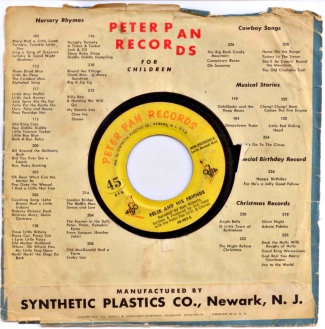Fintan O'Toole has a piece in a recent New York Review of Books called, “Beckett in Love.” He starts the piece, not with love, but with failure. Not an uncommon gambit when ruminating about Samuel Beckett. O'Toole begins with the point of contact most familiar to the person least familiar with the author. It's a favorite quote of the entrepreneurial set because it resonates with a strategy of dogged determination.
Ever tried. Ever failed. No matter. Try again. Fail again. Fail better.
The quote is from the late work “Worstward Ho.” In an age where we thirst for “context,” except when it doesn't suit our purposes, O'Toole goes on to explain the larger context of the quote.
“Fail better” (which I recently saw on a recruitment advertisement for a financial services company) is followed a few lines later by a reminder that, for Beckett, the phrase is an exhortation, not to keep trying until you succeed but to keep failing until you fail completely: “Fail again. Better again. Or better worse. Fail worse again. Still worse again. Till sick for good. Throw up for good.”
The popular form of the quote is plucked from Beckett's “Worstward Ho” in an attempt to turn failure into just another strain of pre-natal success. Beckett, on the other hand, only found his own voice by delving deeper and deeper into failure, loss, exile, and poverty. It's fair to say that Beckett found a form of humor in these depths, but it isn't the free and superior laugh of the successful entrepreneur — the master satisfied with a job well done after several setbacks. Nor is it the comedy of bringing the high and mighty to earth, rather it's the laughter of the lowest when the epiphany strikes that there may not be a “bottom” to hit.
One imagines the corporate team building exercise where the high-priced enthusiasm consultant leads the bright-eyed group of employees through a visualization.
You know that dream where you're falling? Take yourself to that place right now. You're falling and falling. You begin to panic. Surely you'll stop soon. Perhaps you'll begin flying. But no, you fall and fall. What happens when the bottom comes? Terror sets in. It will be the end. It doesn't come. The exquisite disorientation of falling continues on and on. Numbness. And then, a moment when the absurdity of your situation emerges. You smile inwardly as you consider the notion that there may be no bottom to hit.
Comments closed








